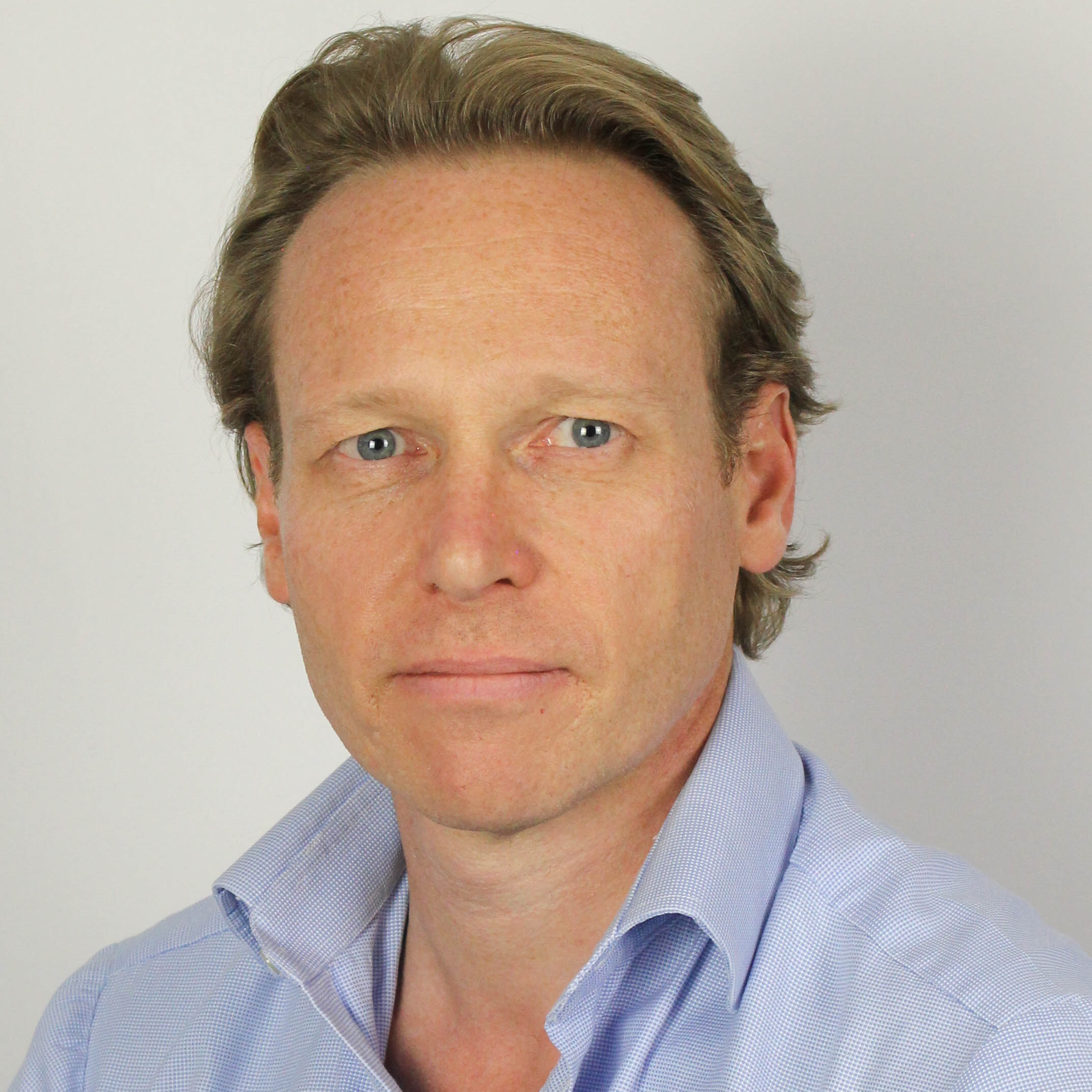Interview with Dr Chris Brooks, USAID Resilient Waters Programme
Q: The USAID Resilient Waters Programme (RWP) aims to build more resilient and water-secure Southern African communities and ecosystems. What are the biggest challenges people face in this region and how will the programme help tackle them?
One of the major challenges is lack of resilience. We are not just looking at resilience to climate change but resilience to shocks and pressures from a number of factors where the impacts of climate change can aggravate these pressures, i.e. population growth, human-wildlife conflict, loss of biodiversity, poor energy security, poor food security and poor water security, where declining and irregular water resources impact agricultural productivity and livelihood security. These are major challenges and require us to work at the landscape scale, supporting transboundary institutions, as well as National Governments.
The programme has four main components. The first focuses on institutional capacity building, where we provide technical support to regional and national organisations to help them better prepare for and respond to the shocks and stresses identified above. We then have a large water, sanitation and hygiene (WASH) component, focusing on improving water supply and sanitation services in urban municipalities and rural communities. Finally, we have both a livelihood and climate change adaptation component and a biodiversity component that work hand in hand to improve livelihood security and improve the conservation of the region’s biodiversity. We try to integrate these four components within geographical focal areas to synergise and leverage impact across the program.
Focusing on the Okavango and the Limpopo river basins, we’re working with a variety of technical institutions that generate data and package it in a number of different ways to inform and guide decision makers on how to better manage the region’s natural resources, for example by developing decision support tools that model hydrological data to assess the implications of climate, using nature-based solutions to improve land use management in upper catchments and improving water stewardship of farmers throughout the basin.
Q: Southern Africa is one of the most biologically diverse regions in the world, and the Okavango Delta and Limpopo River are two of the largest natural capital assets. How is the programme working to protect these biodiverse ecosystems while also providing for economic wellbeing and development opportunities?
We are looking at negative impacts on ecosystem services where we have pollution issues and over-abstraction issues. We’re looking at sensitive habitats, wetlands, fisheries, and also livelihoods in order to work with communities to improve the co-management of fish in trans-boundary sites.
Our aim is to ensure that we have sound environmental flow and enough water flowing within these two river catchments that is sustainable and that all the stakeholders have equitable access to the water resources they need even in times of greater water demand. It’s not just about water stewardship and managing the use of water but it’s about land management and land stewardship. Agriculture uses about 80% of most of the water supplies in Southern Africa. We are looking to work with large-scale commercial irrigation farmers to improve water stewardship. This has a direct benefit to them of improving their resilience to climate change and improving downstream water supply quality. In upper catchments we are working with small-holder farmers to improve soil management on their existing fields, which has the benefit of both increasing crop yields and reducing the rate of soil erosion, whilst also identifying opportunities to diversify their livelihoods with non-timber forest products and access into the ecotourism market.
Our ability as a small programme is to work with NGOs on the ground that understand the political economy within that landscape. We have a large grants program that supports NGOs working with fishing communities and farmers, whilst supporting sustainable land management and biodiversity conservation. It’s impossible to implement all this by ourselves, but by working with partners and other donor-funded programmes, we’re able to expand our influence and improve our capacity to have an impact.
Q: Does the RWP make use of IUCN’s Red List Species Assessments in its work on freshwater ecosystem health?
Yes, we have used these assessments. There is little to no knowledge of the extent of various species and their distribution in many of the areas that we work in. Where possible, we use validated data from researchers on the ground, and when not, we use the IUCN Red List Species Assessments. I used them quite a bit in terms of mapping and understanding, especially in Angola where we developed framework management plans to support the Angolan Government in establishing two National Parks covering more than 60,000 square kilometres of land.
Q: In places like the Okavango Delta, when looking at transboundary water cooperation across borders from headwaters in Angola to downstream communities in Namibia and Botswana, how are you tackling upstream-downstream management?
I think that Angola is very aware of the sensitivity of the Okavango Delta and its World Heritage Site. They don’t want to be seen as undermining and degrading it, so they are collaborating with Namibia and Botswana. At the same time, Angola needs to develop. They have a large and impoverished population living in the upper catchment that needs development to support their livelihoods. Our role is to provide Angola with information that can help them to develop along a sustainable path. For example, if they have plans for large-scale irrigated commercial agriculture, we can provide sustainable, climate-smart and water efficient options and approaches to help guide that development.
Q: Is there anything else you would like to add?
If you look at a map of Southern Africa, much of the water is shared. When you’re looking to improve water security, you have to work at the landscape scale and support trans-boundary collaboration. Getting governments to work better together to share their resources is a critical part of building their resilience to climate change. Water is the essence of life and it’s a fundamental resource that none of us can live without.
About the author:

Dr Chris Brooks, USAID Resilient Waters Programme



